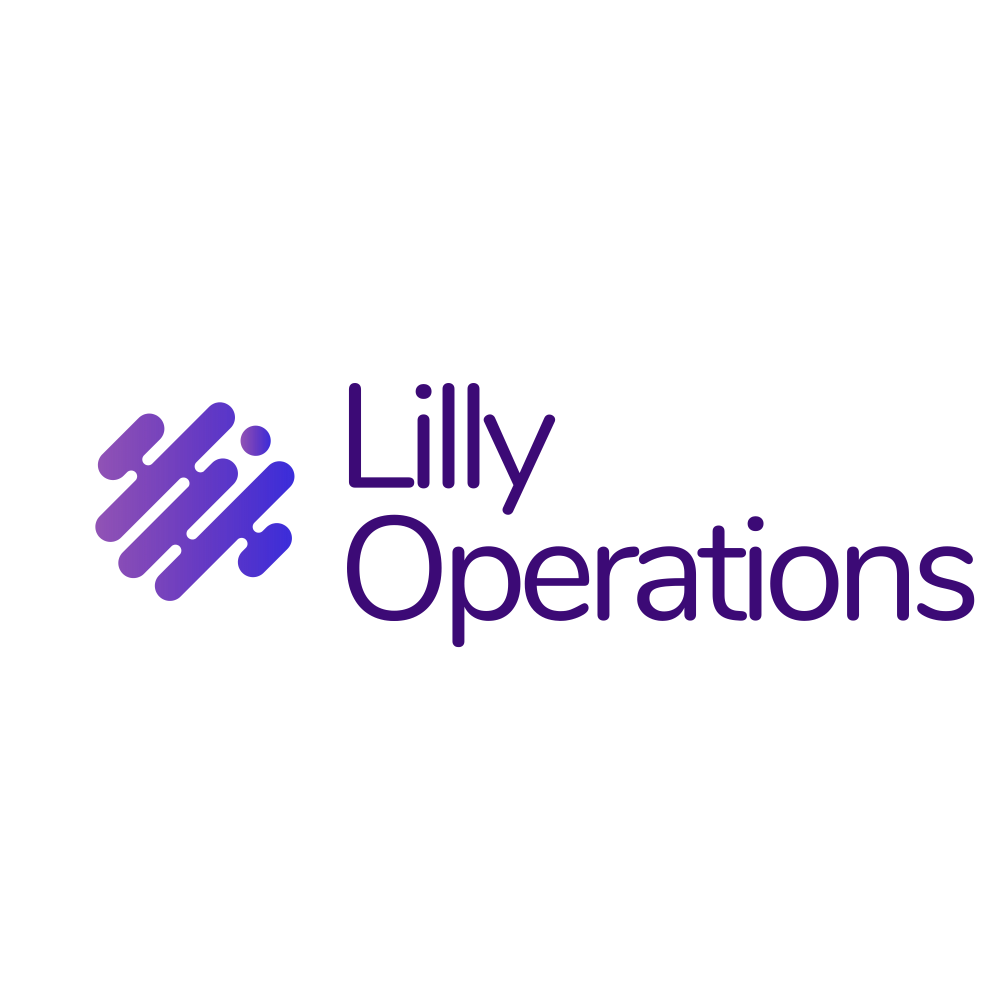How to Secure Your Exchange Online Mail Flow?
How to Secure Your Exchange Online Mail Flow?
Microsoft Office 365 and its additional features are right up our alley. We specialise in configuring the suite for businesses and individual users. We would like to thank James Pepper from IT Service Guru, who has shared some valuable content supporting Exchange Online and its configuration on “How to Secure Your Exchange Online Mail Flow with Inbound Connector Restrictions”.
This article is best suited for tech enthusiasts or someone at an administrator level. We wouldn't recommend an organisation owner to attempt these steps, which is why we suggest you contact us should you need further assistance in securing your mail flow!
The purpose of this article is to configure connectors for your mail flow. Essentially, you can whitelist/blacklist emails from known and unknown senders, giving your organisation a more secure environment to avoid malicious emails landing in your inbox.
Let’s dive more into what an inbound connector restriction is.
In the realm of Exchange Online, inbound connector restrictions serve as a tool enabling you to manage the flow of emails entering or passing through your organization when utilizing Exchange Online as an SMTP relay. These restrictions empower you to:
1. Permit only designated IP addresses or domains to dispatch emails to your organisation, often referred to as a whitelist or an allow list.
2. Prohibit specific IP addresses or domains from dispatching emails to your organisation, commonly known as a blacklist or a block list.
3. Decline emails that fail to meet the criteria set by your inbound connectors, also identified as a default deny policy.
Well, how do inbound connector restrictions work?
Inbound connector restrictions operate by implementing rules on the inbound connectors crafted within Exchange Online. An inbound connector serves as a setup element defining how Exchange Online takes in emails from external origins, like other email servers or cloud services.
Various types of inbound connectors can be generated depending on the email source, including:
1. **Partner:** Designed for emails from trusted partners or third-party services that necessitate authentication or encryption.
2. **On-premises:** Tailored for emails originating from your on-premises Exchange servers or hybrid deployments.
3. **Internet:** Tailored for emails coming from external sources not mandating authentication or encryption.
Subsequently, you can apply inbound connector restrictions to each connector by specifying the allowed or blocked IP addresses or domains for sending emails to your organization.
For instance, you might establish a Partner-type inbound connector for a third-party service delivering newsletters to your users. Then, you can impose an inbound connector restriction permitting only the service's IP address to dispatch emails to your organization.
Similarly, you could create an Internet-type inbound connector for all other external sources, followed by implementing an inbound connector restriction that bars any IP address or domain not listed in your allow list.
If you're ready to configure your Microsoft Office 365 – Exchange Online, James from IT Service Guru has compiled a brilliantly explained article, “How to Secure Your Exchange Online Mail Flow with Inbound Connector Restrictions”.
Once again, we would like to thank James for his contribution, brilliantly explained how Mail Flow Connectors work with instructions detailing the configuration from start to finish.
If you have found this Article useful and would like to see more content like this, we would recommend subscribing to our Mailing list, and we will be sure to keep you updated directly in your Inbox.
Lilly Operation handcrafts these articles and videos to provide IT Support Services to the wider web at no additional cost, our objective is to share our knowledge which we have gathered over the decades, our expertise originates in IT Support Services, Cyber Security and more, learn more about the services we offer by clicking here.
Interested in our TO-DO Guide?
We provide TO-DO Guides designed for individuals seeking advice on preliminary steps to take before reaching out to our ServiceDesk for additional assistance. These guides encompass comprehensive information to assist you in addressing your needs effectively.
To view the Terms and Conditions, please click here.
